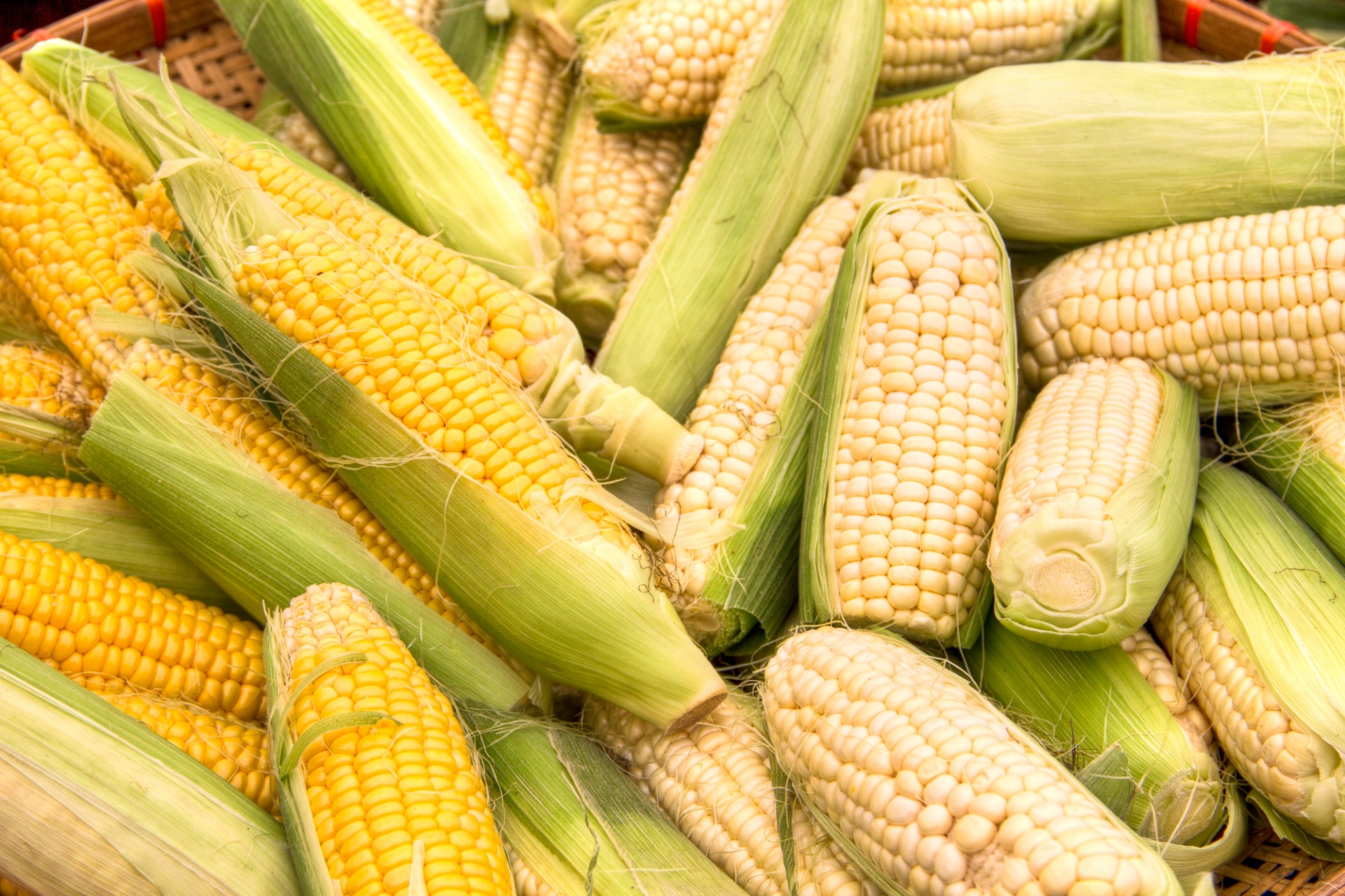Serves 4
INGREDIENTS
3 thick slices ripe cantaloupe (half-moon shaped, seeds and rind removed)*
3 thick slices ripe honeydew (half-moon shaped, seeds and rind removed)*
3 thick slices ripe canary melon or other yellow-fleshed melon (half-moon shaped, seeds and rind removed)*
1/4 cup olive oil, plus a drizzle
1 cup diced ripe red tomato
1 jalapeño, finely chopped
1 shallot, finely chopped
2 limes
Sea salt and freshly cracked black pepper to taste
1/2 cup cilantro leaves, coarsely chopped
Small handful basil leaves, coarsely chopped
* Save the rest of the melons for another use, or double the recipe!
PREPARATION
Heat a grill to medium-high. Toss the melon slices gently in a bowl with a drizzle of olive oil. Using tongs, place the melon slices across grill grates. Don’t disturb them once you’ve laid them down. Let them cook for 3 to 4 minutes to brown—you’ll see the edges start to caramelize. Flip them and brown the other side. Remove from the grill and set aside to cool.
Dice the grilled melon into pieces that are about the same size or slightly larger than the tomato. Toss into a bowl with the tomato, jalapeño, and shallot.
Add some of the lime juice, 1/4 cup olive oil, and salt and pepper to taste.
Stir in the cilantro and basil. Taste and add salt, pepper, and lime juice as needed.
This recipe was demonstrated for CUESA’s Market to Table program on August 18, 2012.
Source: Alison Mountford, Square Meals

















